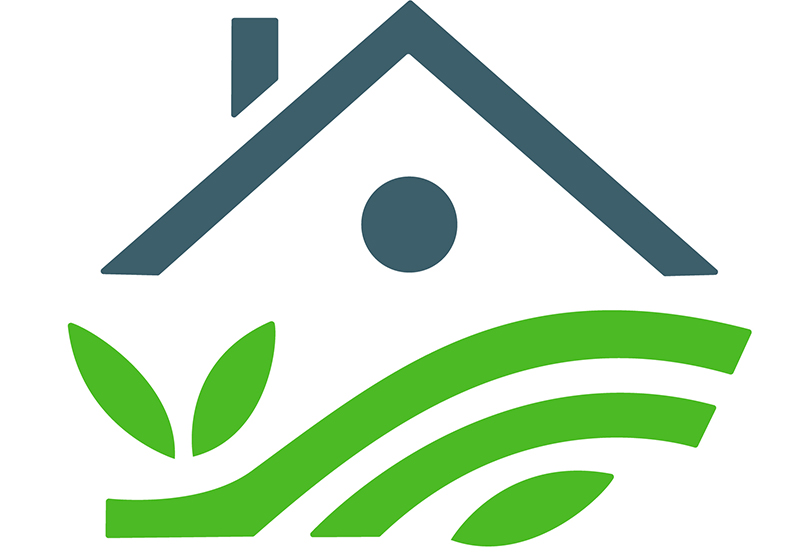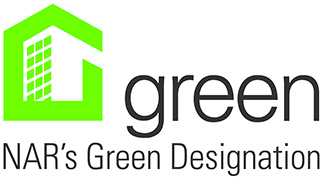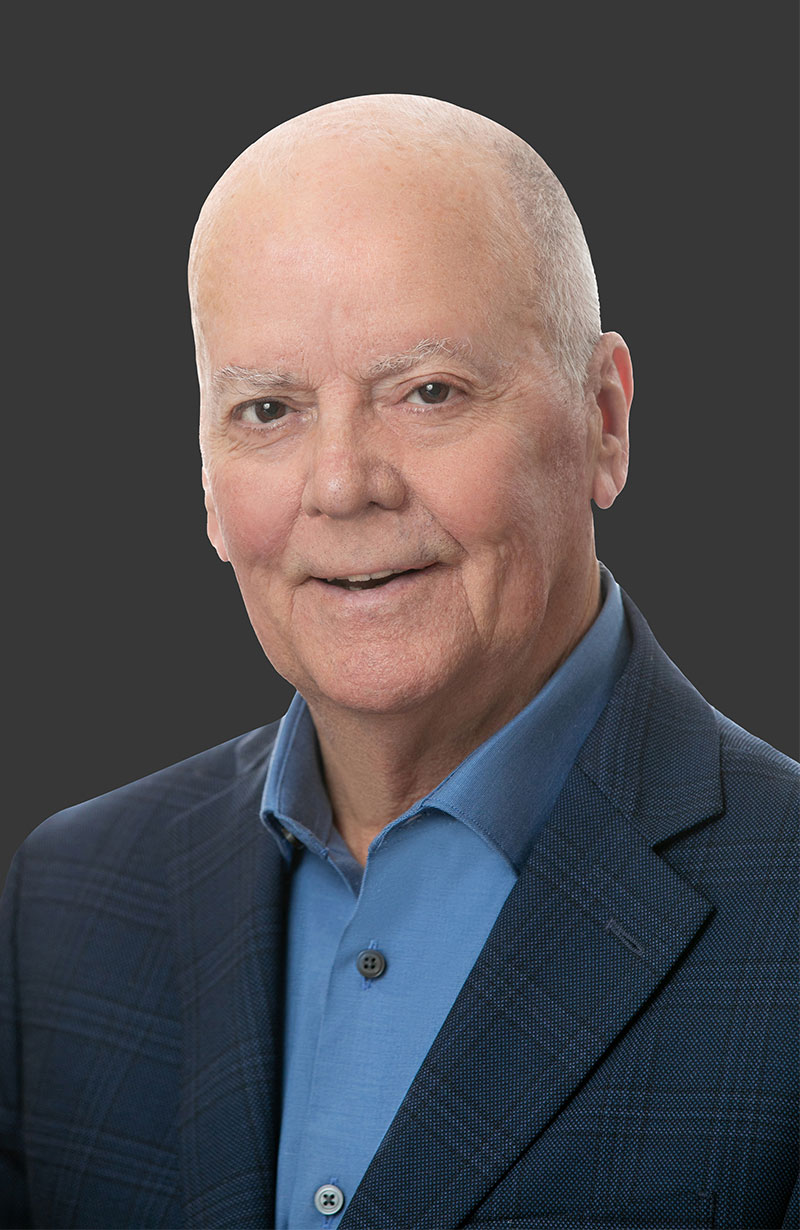
In an era where sustainability is no longer a luxury but a necessity, the concept of passive homes has emerged as a groundbreaking solution to the challenges of energy efficiency and environmental conservation. These homes, designed to minimize energy consumption while maximizing comfort, are reshaping how we think about residential living. But what exactly are passive homes, and why are they gaining such momentum in the real estate and construction industries? This blog explores the principles, benefits, and growing popularity of passive homes, illustrating why they represent the pinnacle of energy efficiency.
What Are Passive Homes?
Passive homes, or passive houses, are structures built to achieve ultra-low energy use for heating, cooling, and ventilation. The concept originated in Germany in the late 1980s and has since become a global movement. The defining characteristic of a passive home is its ability to maintain comfortable indoor temperatures with minimal reliance on external energy sources.
These homes adhere to rigorous standards set by the Passive House Institute (PHI), focusing on:
- Thermal Insulation: Thick, high-quality insulation to reduce heat transfer. Passive homes use advanced insulation materials such as rigid foam boards, spray foam, or mineral wool, which provide superior thermal resistance compared to conventional options. For example, walls in a passive home may include up to 12 inches of insulation, dramatically reducing heat loss during winter and heat gain during summer. This ensures a stable indoor temperature and minimizes the need for active heating or cooling.
- Airtight Construction: Preventing air leaks to maintain indoor temperature stability. Airtightness is a cornerstone of passive home design, achieved through meticulous sealing of joints, gaps, and penetrations in the building envelope. Techniques like the use of specialized tapes, membranes, and airtight drywall installations prevent drafts and uncontrolled air exchange. For example, a blower door test is often conducted during construction to measure and ensure airtightness, guaranteeing that the home meets passive standards.
- High-Performance Windows: Typically triple-glazed to maximize energy efficiency. Windows in passive homes are designed to balance heat retention and solar gain. Triple-glazed windows with low-emissivity (low-E) coatings and argon or krypton gas between panes offer exceptional insulation. These windows are often paired with insulated frames to further reduce heat transfer. For instance, strategically placed south-facing windows can capture natural sunlight for warmth, while shading devices prevent overheating during summer months.
- Heat Recovery Ventilation (HRV): Efficient systems that recycle heat from outgoing air to incoming fresh air. HRV systems ensure a continuous supply of fresh air while maintaining energy efficiency. These systems work by extracting heat from stale indoor air and transferring it to incoming fresh air, minimizing heat loss. For example, an HRV system in a passive home can recover up to 90% of the heat from outgoing air, significantly reducing the energy required for heating or cooling.
- Minimized Thermal Bridges: Avoiding gaps and materials that could transfer heat or cold into the home. Thermal bridges occur when heat bypasses insulation through structural elements like studs, beams, or concrete. Passive homes eliminate or minimize these bridges using techniques such as continuous insulation, thermal breaks, and careful detailing of junctions. For instance, insulated window frames and thermally broken balconies prevent heat loss, ensuring a uniform temperature throughout the home.
By leveraging these principles, passive homes use up to 90% less energy for heating and cooling compared to traditional homes, making them a cornerstone of sustainable living.
The Core Benefits of Passive Homes
The appeal of passive homes extends beyond energy savings. They offer a range of benefits that cater to environmental concerns, financial considerations, and overall quality of life.
- Unparalleled Energy Efficiency
- Environmental Impact
- Enhanced Comfort
- Improved Indoor Air Quality
- Long-Term Financial Savings
Passive homes are designed to require little to no active heating or cooling systems. Instead, they rely on passive solar design, insulation, and ventilation strategies to maintain ideal indoor temperatures. This translates to significantly reduced energy bills, making these homes an attractive option for budget-conscious homeowners.
With energy consumption accounting for a large share of carbon emissions, passive homes contribute significantly to reducing a household’s environmental footprint. By relying less on fossil fuels and embracing renewable energy sources like solar power, these homes align with global efforts to combat climate change.
Passive homes provide a consistent indoor temperature, free from drafts and hot or cold spots. The airtight construction and advanced insulation also ensure excellent soundproofing, creating a tranquil living environment.
Heat recovery ventilation systems not only maintain energy efficiency but also promote better air quality by filtering out pollutants and allergens. This makes passive homes ideal for individuals with respiratory issues or those seeking a healthier living space.
While the initial construction cost of a passive home may be higher, the long-term savings on energy bills and maintenance make them a financially sound investment. Additionally, many governments offer incentives, rebates, or tax credits for building or buying energy-efficient homes.
The Growth of Passive Homes Worldwide
The passive home movement is no longer confined to Germany, where it originated. It has spread to countries worldwide, fueled by rising energy costs, stricter building regulations, and increased environmental awareness.
Europe: Leading the Way
Europe remains at the forefront of passive home adoption, with countries like Austria, Sweden, and Switzerland embracing the concept. In some regions, local governments mandate passive standards for new buildings, reflecting a commitment to sustainability.
North America: Gaining Momentum
In the United States and Canada, passive homes are steadily gaining popularity. Organizations like Passive House Canada and Passive House Institute US (PHIUS) are promoting the adoption of passive design principles. Cities such as New York and Vancouver have integrated passive house standards into their building codes for certain projects.
Asia and Beyond
In Asia, countries like China and Japan are exploring passive homes as part of broader green building initiatives. As urban populations grow and energy demands increase, passive homes offer a sustainable solution to housing challenges.
Challenges and Misconceptions
Despite their many advantages, passive homes face several challenges and misconceptions that hinder their widespread adoption.
- Higher Initial Costs
- Limited Awareness
- Misconceptions About Aesthetics
- Retrofitting Challenges
One of the most common barriers is the higher upfront cost of building a passive home. Specialized materials, advanced systems, and precise construction techniques can increase initial expenses. However, proponents argue that the long-term savings and environmental benefits outweigh these costs.
Many homeowners and builders are unfamiliar with the concept of passive homes, limiting demand. Increased education and advocacy are crucial to overcoming this hurdle.
Some people assume that passive homes must have a specific, utilitarian appearance. In reality, passive design principles can be incorporated into any architectural style, from modern to traditional.
While building a new passive home is relatively straightforward, retrofitting an existing home to meet passive standards can be complex and costly. However, partial retrofits focusing on insulation or airtightness can still yield significant energy savings.
The Future of Passive Homes
The future of passive homes looks promising, driven by technological advancements, regulatory changes, and shifting consumer preferences.
- Smart Technology Integration
- Scaling Affordable Solutions
- Policy and Incentives
- Education and Advocacy
The integration of smart home technology with passive design principles offers exciting possibilities. Smart thermostats, energy monitoring systems, and automated blinds can further enhance the efficiency and convenience of passive homes.
Innovations in materials and construction techniques are helping to reduce the cost of building passive homes. Modular construction and prefabrication are particularly promising approaches.
Governments worldwide are recognizing the value of energy-efficient housing. Policies mandating higher energy standards and incentives for green building projects are likely to boost the adoption of passive homes.
As awareness of passive homes grows, more homeowners, builders, and architects will embrace the concept. Workshops, certifications, and online resources play a key role in spreading knowledge.
Passive homes represent the pinnacle of energy-efficient residential design, combining sustainability, comfort, and long-term savings. While challenges remain, the growing awareness and adoption of passive design principles signal a bright future for this innovative housing solution. For those seeking to invest in a home that aligns with environmental values and economic prudence, passive homes are undoubtedly the way forward. As the world continues to prioritize sustainability, the rise of passive homes stands as a testament to the potential of human ingenuity in creating a better, greener future.



